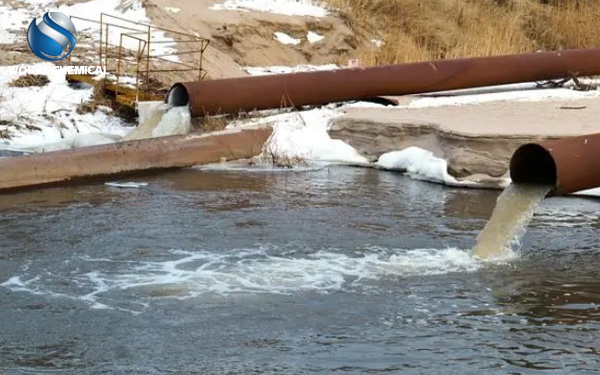
Aiming at the problem of high moisture content of mud cake in municipal sewage treatment plant, it can be solved from many aspects. The following are some specific suggestions and measures:

First, optimize the sludge treatment process
Increase press pressure:
In the process of sludge dewatering, increasing the press pressure can significantly reduce the moisture content of filter cake. For example, by using high-pressure dehydration technology such as diaphragm pressing, the moisture content of sludge cake can be reduced to about 60%, greatly reducing the volume of sludge and achieving the purpose of sludge reduction.
Secondary press process:
At the end of the feeding process, the filter cake is pressed twice to further reduce its water content. This process can improve the overall dehydration efficiency and make the cake more dry.
Optimizing flocculation conditions:
The flocculation effect directly affects the dewatering performance of sludge. The flocculation conditions should be re-evaluated, including the selection and dosage of flocculants, stirring intensity and settling time. Selecting suitable flocculant and optimizing its dosage, while ensuring moderate stirring intensity, can significantly improve the flocculation effect of sludge, and then reduce the moisture content of mud cake.
Second, strengthen sludge pretreatment
Sludge conditioning:
Pretreatment with sludge conditioner is an effective means to reduce the moisture content of sludge. Sludge conditioner can change the surface structure of sludge, reduce the solid surface load and specific surface area of sludge, destroy the bacterial structure, and improve the dewatering performance of sludge. For example, the sludge conditioner independently developed by Qingdao Shijun and used with the plate and frame filter press can reduce the moisture content of the mud cake to 35%-55%.
Extended settling time:
Ensuring that the sludge has sufficient settling time is also the key to improve its dewatering performance. Too short settling time may result in insufficient discharge of water in the sludge, thus increasing the water content of the mud cake.
Third, improve the dehydration equipment
Choose efficient dewatering equipment:
Select the appropriate dewatering equipment according to the nature of sludge and treatment needs. For example, for sludge with high moisture content, efficient dewatering equipment such as high-pressure sludge filter press can be considered. These units enable dewatering operations at higher pressures, further reducing the water content of the mud cake.
Equipment maintenance and upgrade:
Regular maintenance and upgrading of dewatering equipment is also key to ensuring its efficient operation. Maintenance includes cleaning the filter, checking the sealing performance, etc. Upgrades may involve the replacement of more efficient dewatering elements or the adoption of more advanced control technology.
Fourth, comprehensive consideration of environmental factors
Consider the impact of environmental factors on the dehydration effect:
Environmental factors such as temperature and pH value may affect the dewatering performance of sludge. In actual operation, these factors should be fully considered and corresponding measures should be taken to adjust and optimize.
Focus on environmental protection and sustainability:
Environmental protection and sustainability should also be emphasized when solving the problem of high sludge moisture content. For example, the selection of agents and equipment should consider its impact on the environment and the subsequent sludge disposal method. Avoid the waste of other energy or secondary pollution caused by the reduction of sludge.
To sum up, to solve the problem of too high water content of mud cake in municipal sewage treatment plant, comprehensive treatment should be carried out from many aspects. By optimizing sludge treatment process, strengthening sludge pretreatment, improving dewatering equipment and considering environmental factors, the moisture content of mud cake can be effectively reduced and the dewatering efficiency of sludge can be improved.